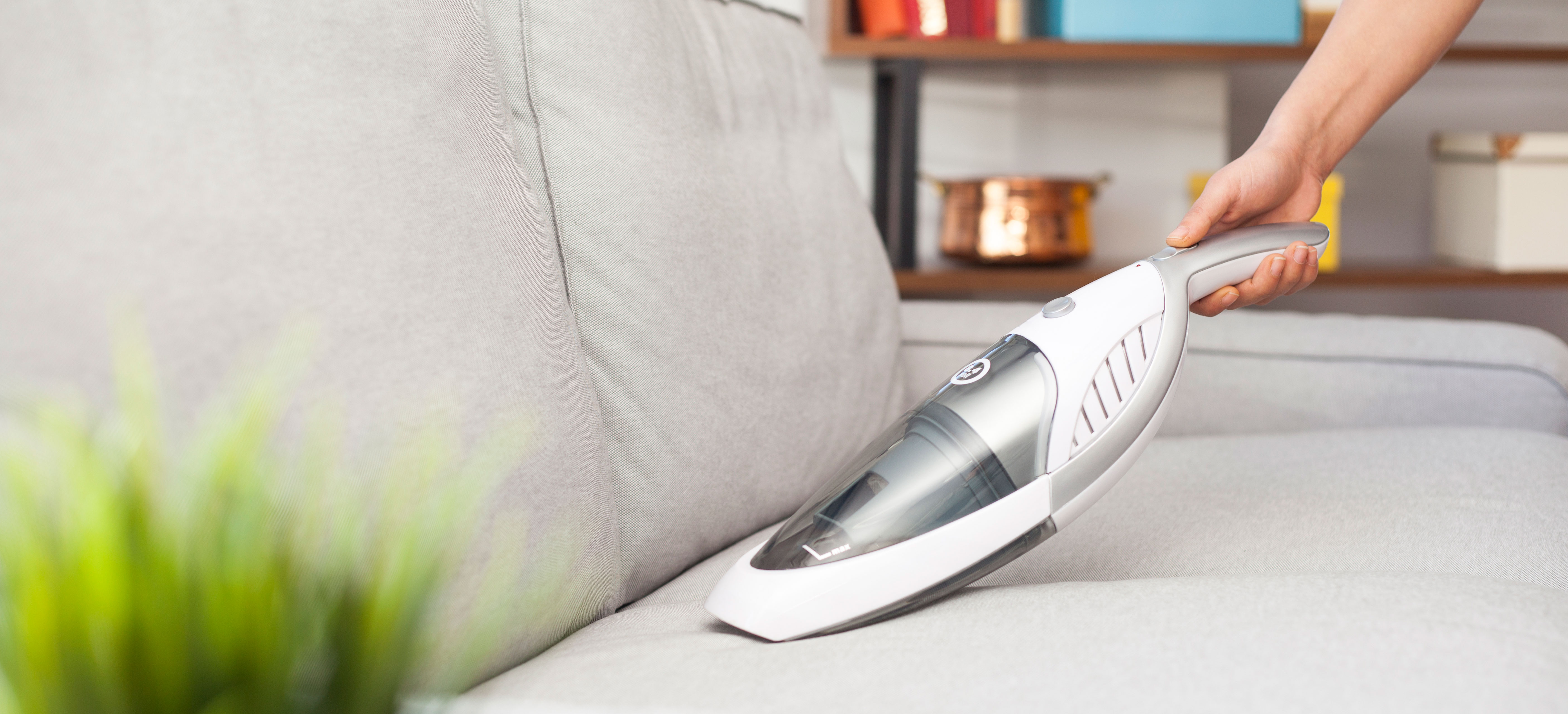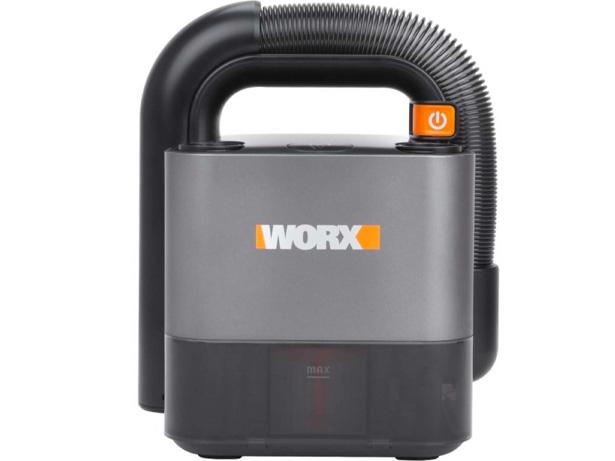How we test handheld vacuum cleaners

What makes a Best Buy handheld vacuum?
We put each handheld vacuum cleaner through more than 30 tests in our lab before we give our Best Buy recommendation, so you can be assured that a Best Buy will make a real difference in your home.
Our handheld vacuum reviews reveal the truth behind manufacturers' claims, exposing the poor quality cleaners that don't get the job done and highlighting the top handheld vacuums worthy of our Best Buy recommendation.
Each of our reviews answer the most crucial questions about handheld vacuums, including:
Go straight to our full handheld vacuum cleaner reviews to see which models topped our tests.

How well does it clean?
We test the suction of each handheld model on two different surfaces and with four different types of mess so that we can simulate the types of spills that you would use a handheld for in your home.
Fine dust pick-up
We sprinkle down fine Arizona sand onto Saxony carpet and laminate floors and measure how much each vacuum cleaner is able to pick up. The very best pick up almost all of it, and the worst leave 25% of the dust behind.
Dealing with a large spill
To mimic the type of incident which may call for a clean up with a handheld vacuum, we time how long it takes each model to pick up scattered rice and lentils from a hard floor. The best pick up the mess in almost no time, while the worst fail to clear the spill due to clogging or a lack of suction power.
Sucking up pet hair and fibres
Many people use a handheld vacuum to pick up after their pet when it has been on a sofa or in a room it shouldn't have been. We time how long it takes each handheld model to suck up pet hair that we have combed into carpet. The best suck it all up in less than 20 seconds, and the worst leave hair behind after several minutes of continuous cleaning.
We also time how long it takes the vacuum to lift threads of lint and fluff from upholstery like sofas to find out if they can be relied on to keep your furniture clean and fluff-free.
Allergen retention
We use a machine to measure the exact number of dust particles that the handheld vacuum keeps locked in its dust container during cleaning. Our tests find that far too many vacuum cleaners have poor filtration systems that let tiny dust particles escape back into the air. These particles can irritate the lungs and aggravate allergies when breathed in.

What's the battery life like?
There are big differences between what manufacturers claim and the reality of handheld vacuum battery life, which is why we measure the time it takes to charge each handheld vacuum and how long it can run for.
Although many manufacturers base their running time claims on the standard suction setting, we test each handheld's running time on its maximum power setting so you get the clearest idea of how long it will last.
We test each handheld's running time on its maximum power setting so you get the clearest idea of how long it will last.
We also record how long it takes each handheld vacuum cleaner to recharge, so you'll know how long you'll have to wait before you can use it again. Some can take only an hour or so, while others will need as much as a whole day to fully recharge.
Is the battery replaceable?
Lithium-ion batteries always deplete and eventually die over time, and at Which?, we believe that cordless products should last longer than the batteries they come with. That's why we no longer give handheld vacuum cleaners Best Buys if spare batteries cannot be bought from the manufacturer – no matter how good the handheld vac might be.

Is it quiet and easy to use?
An independent panel of experts assess how easy each handheld vacuum cleaner is to use. The panel rates how easy it is to use on carpets and hard floors, how easy it is to vacuum above head height on shelves and in the corners of ceilings, how easy it is to get into the nooks and crannies that you would find in a car or down the back of the sofa and even how easy it is to clean and empty after the hard work is done.
If that wasn't enough, we also assess how easy each is to assemble and dismantle each handheld vacuum for storing, what the grip of the handle feels like, how useful each of the attachments are, as well as what it's like using all the switches.
The loudest handheld vacs get up to 82 decibels, which is the same as the noise from a busy city traffic.
Finally, we measure in decibels how loud each handheld is - the loudest handheld vacs get up to 82 decibels, which is the same as the noise from busy city traffic.
Should I buy it?
All of the assessments listed above go towards the final overall score we award to each handheld vacuum cleaner we review. Some factors are more important than others when buying and using a vacuum, so they carry different weights.
- 75% suction and battery
- 22.5% ease of use
- 2.5% noise
65% the score a handheld vacuum cleaner needs to earn our Best Buy logo
A model has to achieve
65%
or more to earn our Best Buy recommendation, and anything scoring below
45%
is highlighted as a Don't Buy that we think you should avoid.
Improvements to our testing
We're always looking at ways to tweak and improve our tests to ensure that they are as robust and accurate as possible. In 2016 we brought a major update to our handheld vacuum cleaners test program to better reflect how our members use their vacuums, and as a result handheld vacuum cleaners tested before 2016 are not directly comparable to handheld vacuum cleaners tested after this date.



